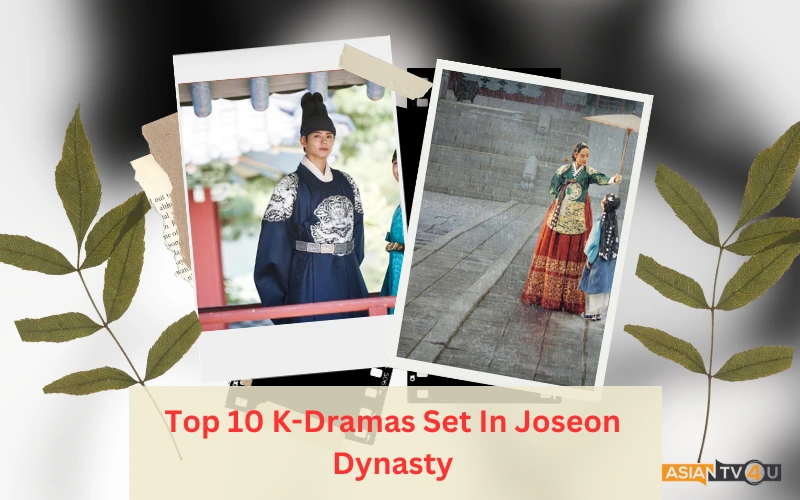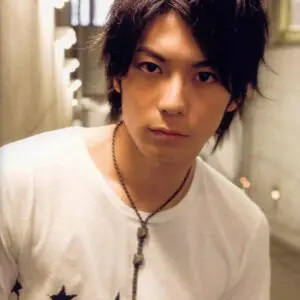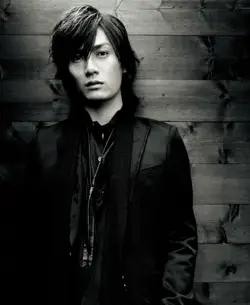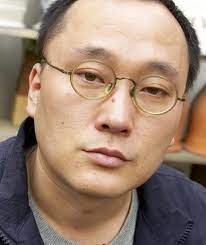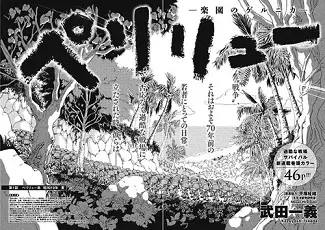
The adage "old is gold" is true. Thai songs from the days of black and white have a lasting impression on listeners. These songs' lyrics and melody are works of art. You enter a completely new universe when you hear the vocalists' lovely voice. The words to these classic songs are heartfelt and soul-stirring. These songs are the purest expression of art. No matter how far the music business develops, it will always be able to trace its roots back to the classic tunes. Let's explore a few songs from the era's golden age:
1. Sawaddee Wan Pee Mai
As a new year's blessing for the Thai people, His Majesty King Bhumibol the Great composed "Pohn Pee Mai," which is literally translated as "New Year Blessing," in December 1951. Prince Chakrapan Pensiri wrote the lyrics. On January 1st, 1952, two orchestras—the Soontharapohn band at Sala Chalerm Thai and a student orchestra at Chulalongkorn University—performed the song for the first time.

2. Lao Duang Duen
A traditional Thai ballad called Lao Duang Duen was written by Prince Benbadhanabongse, the 38th son of King Rama V, in remembrance of his ill-fated romance and marriage to Princess Chomchuen, a princess from Chiang Mai. This classical piece has been performed all around Thailand with many instrumental arrangements and modifications thanks to generations of transmission.

3. Piphat Song
The most popular and well-known type of Thai classical music is phat. It consists of a medium-sized orchestra made up of two xylophones (ranat), an oboe (pi), barrel drums (klong), and two circular sets of tuned horizontal gong-chimes. It represents the dancing of Thailand's legendary dragons (khong wong lek and khong wong yai).

4. Khrueang Sai
The saw duang (a high-pitched two-string bowed lute), the saw u (a lower-pitched bowed lute), and the three-string chakee are among the string instruments used in the expanded string section of the khrueang sai orchestra, which also incorporates some of the percussion and wind instruments of the piphat (a plucked zither).

5. Mahori
The Mahori, traditionally played by women in the courts of both Central Thailand and Cambodia, is the third significant Thai classical ensemble. Historically, the ensemble included smaller instruments that were thought to be more fitting for female performers' builds.

6. Luk thung
Luk thung, or Thai country music, emerged in the middle of the 20th century to capture the struggles that rural Thais faced on a daily basis. The genre's first well-known performers, Pongsri Woranut and Suraphol Sombatcharoen, incorporated influences from various Asian regions.

7. Mor lam
The Isan region of northern Thailand, which is primarily populated by Lao people, is known for its folk music known as mor lam. It shares many similarities with luk thung, such as a focus on the struggles of rural poor people. Rapid-fire, rhythmic vocals and rhythms with a funk vibe define it. Most frequently, the khaen, also known as khene, will accompany the lead singer, also known as a mor lam.

8. Kantrum
Kantrum is portrayed by a Khmer who lives close to the Cambodian border. It is a fast-paced, extremely conventional dance tune. In its most basic form, the sound is dominated by the cho-kantrum, singers, drums, and tro (a sort of fiddle). In the middle of the 1980s, a more contemporary form using electric instruments emerged.

9. Phleng Phra Racha Nipon
A total of 48 compositions were written by King Bhumibol Adulyadej between the 1940s and the 1970s. He made the decision to focus on wind instruments, particularly the saxophone and clarinet, at this time. When Bhumibol was 18 years old, he began to write his own songs, the first of which was Candlelight Blues.

10. Phleng phuea chiwit
Thai musicians began copying Western rock bands like Cliff Richard & the Shadows in the 1960s; this music, known as wong shadow, quickly transformed into a type of Thai pop known as string.





